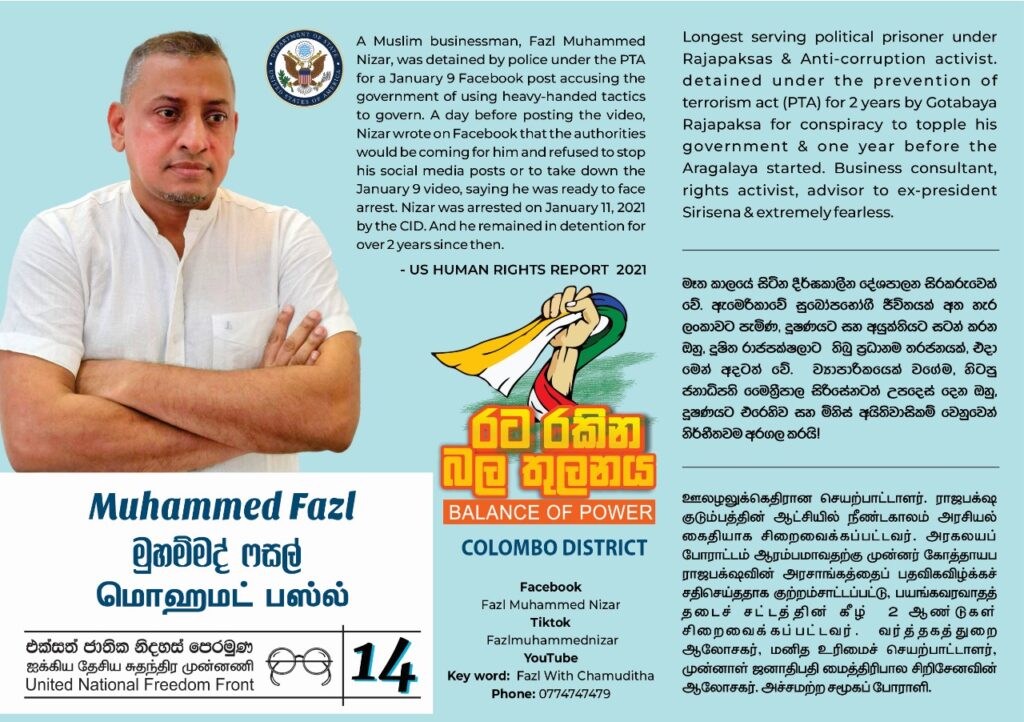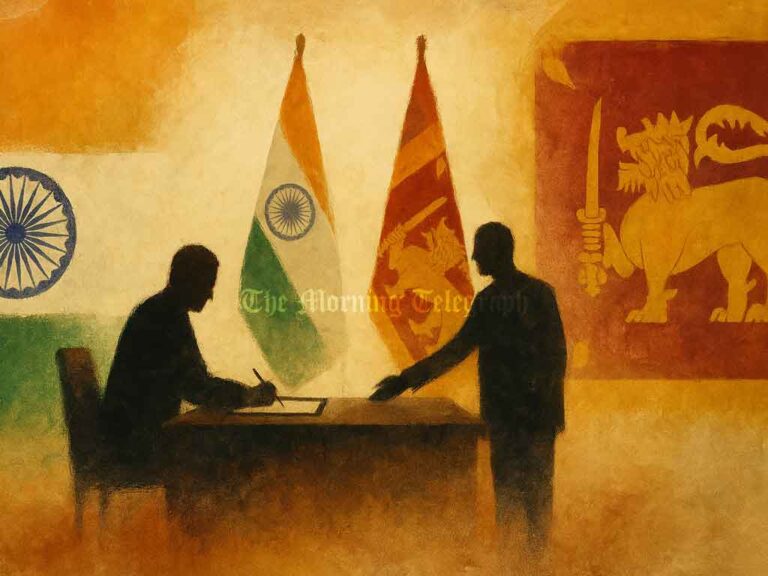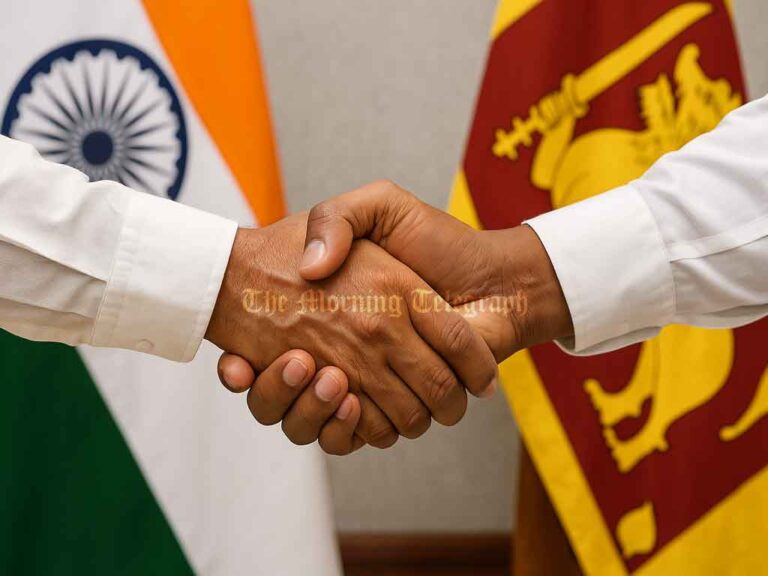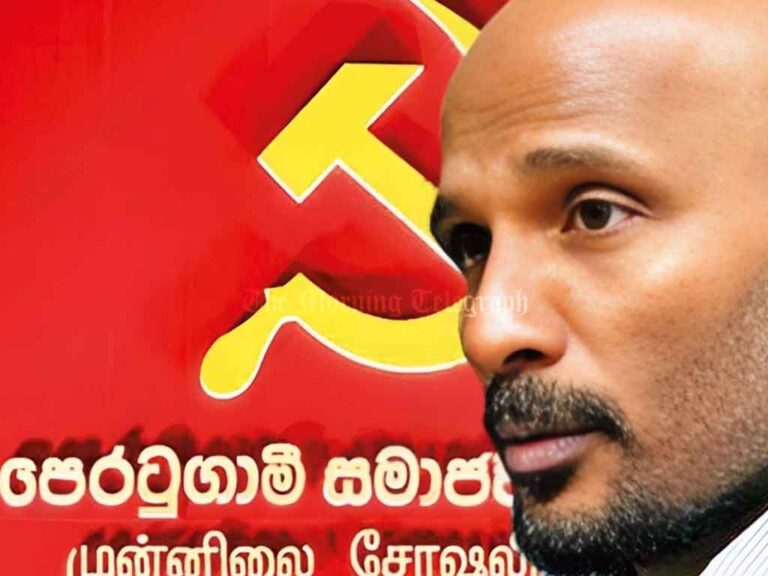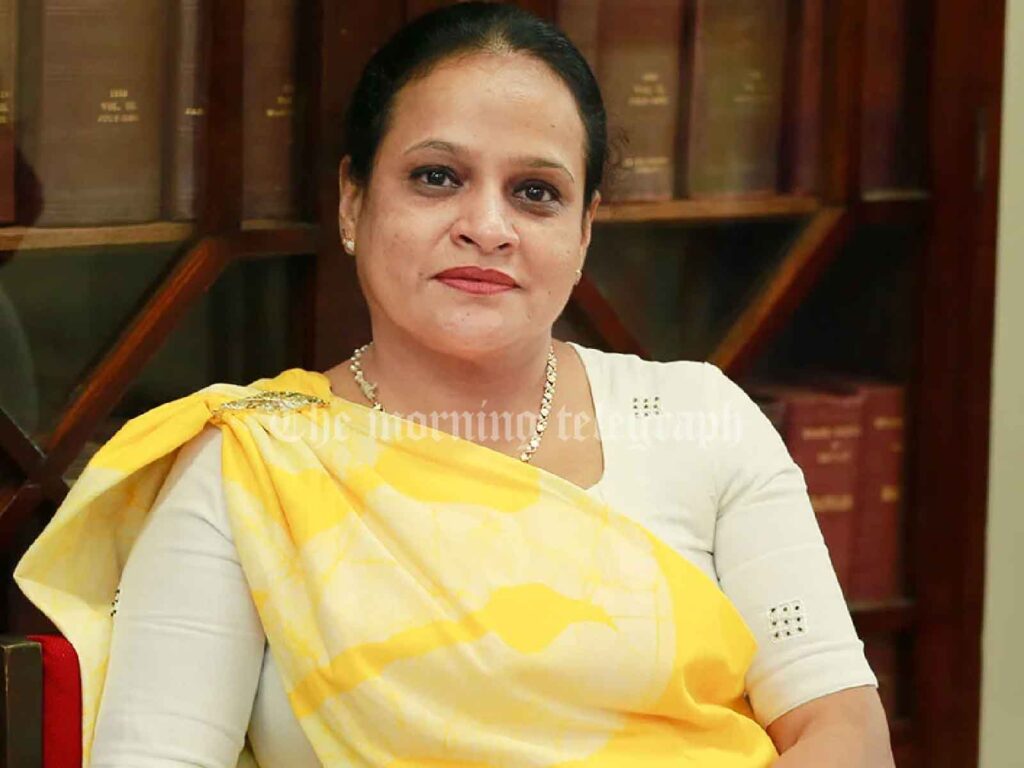
Matale, Sri Lanka — Former Member of Parliament Rohini Kaviratne has raised concerns about continued money-pumping practices by the Central Bank of Sri Lanka, even after a significant reduction in cash flows into the banking system following recent anti-money laundering measures.
In a recent press release, Kaviratne detailed how, after the discovery of money laundering within the open market system, the flow of money into the banking sector was scaled down significantly. Despite these measures, the Central Bank continues injecting large sums of cash into the market, a practice she refers to as “currency molding.”
In the past week alone, large sums were introduced into the economy: Rs. 10 billion on November 8, Rs. 15 billion on November 7, and Rs. 20 billion on November 6. Kaviratne noted that these figures mark a decrease from October’s daily amounts but are still substantial.
She further detailed how the Central Bank had accumulated Rs. 200 billion in the last week of October through interbank transfers, later stabilizing the amount to between Rs. 165 billion and Rs. 180 billion.
Kaviratne criticized the ongoing low-interest currency infusions, pointing out that despite changes in government, the Central Bank has continued to support commercial banks with substantial term auctions. Between 8.61% to 8.65% interest rates, these auctions have ranged from Rs. 50 billion to Rs. 75 billion on multiple occasions, a practice she claims enables excess money to remain in circulation. The latest term auction, set to mature on November 12, reinforces this trend, as it follows a pattern of seven-day lending intervals.
Kaviratne warned that while recent measures temporarily curbed money flow due to the general election, there is a risk that high-volume money pumping could quickly resume post-election. She urged transparency and a closer review of these practices to ensure sustainable economic stability.
As the Matale District Sahab Group Leader, Kaviratne’s remarks have sparked conversation around the economic approach under the new administration and raised questions about the long-term impact of Central Bank interventions on Sri Lanka’s economy.

